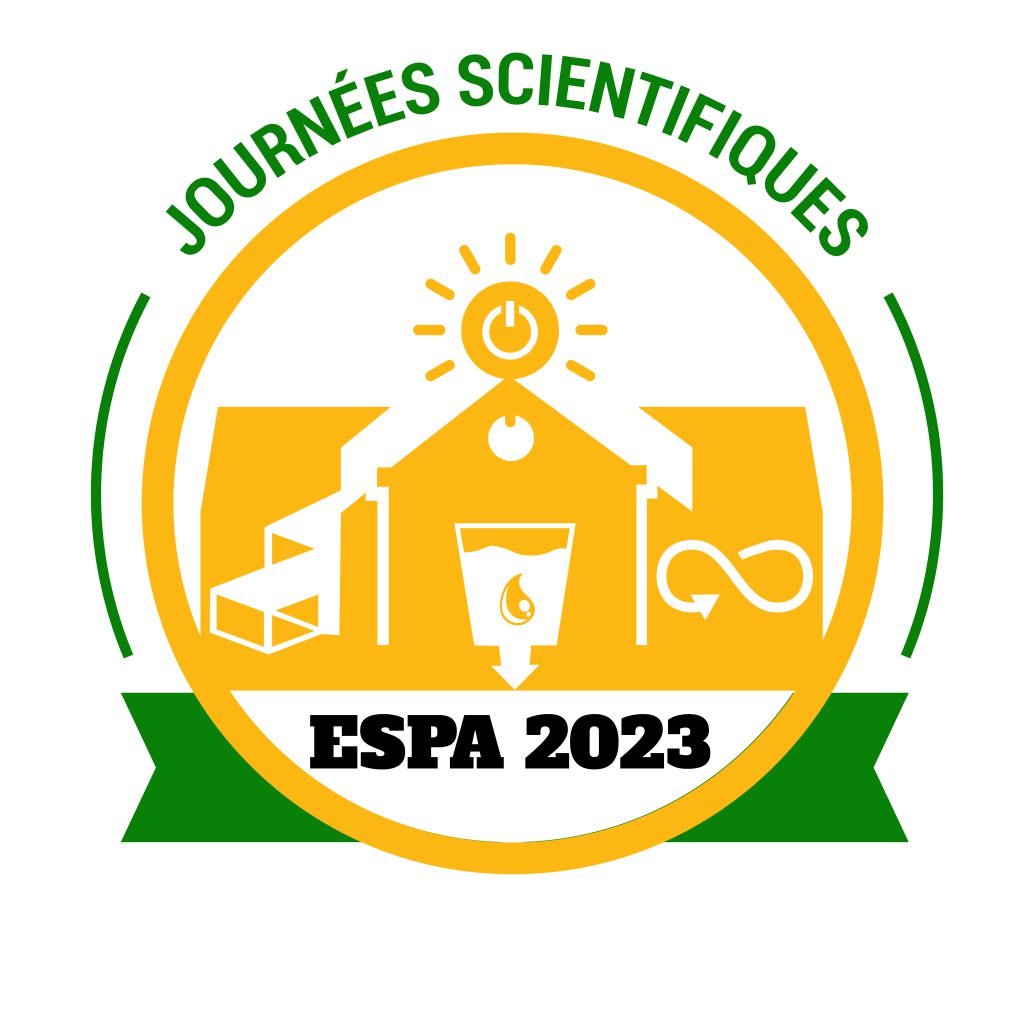Antioxidant and antimicrobial biological activities of bioactive molecules in Ravintsara bark: Cinnamomum camphora (L.) J.Presl. case study from Tsimbazaza Botanical and Zoological Park
Résumé
Cinnamomum camphora (L.) J. Presl., commonly referred to as Camphor tree, is native to Southeast Asia and has a long history of medicinal use. A comprehensive research effort has been conducted on the biological activities of the essential oil extracted from the bark of the plant at the Tsimbazaza Botanical and Zoological Park (PBZT), in order to contribute to the conservation of natural resources. The essential oil of the bark of Cinnamomum camphora, has a specific chemotype. The TGC analyses showed that the major compounds are monoterpenes: 1.8-cineole (34,0%), α-terpineol (10,1%), terpinen-4-ol (4,0%), camphor (25,0%), sabinene (2,1%), limonen (3,0%) and safrol (3,6%) phenyl propanoide. The essential oil of the bark of Cinnamomum camphora has antioxidant properties due the high presence of camphor, α-terpineol, terpinen-4-ol which act by neutralizing free radicals. However, it is important to note that camphor exhibits high toxicity at elevated concentrations, necessitating careful use and dilution control. Furthermore, the synergy of 1,8 cineole, camphor, α -terpineol, terpinen-4-ol and limonen contribut to the antimicrobial activities that can inhibit the growth of pathogens. In vitro tests have demonstrated its effectiveness against many strains of pathogenic bacteria, including Staphylococcus aureus and Escherichia coli, as well as against fungi such as Candida albicans. The use of Cinnamomum camphora bark essential oil from the PBZT provides an opportunity for research and education on the unique biological properties of this essential oil.
Cinnamomum camphora, Tsimbazaza Botanical and Zoological Park, essential oil, biological activity, antioxidant, antimicrobial
References
. AFNOR, (1986). Recueil des Normes Françaises « HE », AFNOR. Paris. 57p.
. AFNOR, (2000) : Huiles essentielles. Ed. PARA Graphic. Tome 1 –
Échantillonnage et méthode d\'analyse 471 P. Tome 2 - Volume 1 Monographie relative aux huiles essentielles 323 P. Tome 2 - Volume 2 Monographie relative aux HES 663 P.
. Andrianantenaina R. (2017). Caractérisation en vue de la valorisation de la plante aromatique, Ocotea auriculiformis Kost. (Lauraceae), endémique de Madagascar 86-136
. Boyd, W.C. (1966). Fundamentals of Immunology. 4ème Ed. New York: Wiley and Sons Editors; 503p.
. Bruneton J. (1993). Pharmacognosie, phytochimie des plantes médicinales. Edition. Technique et documentaire, 3eme édition. 484-634 p.
. Hemingway J., Field L., Vontas J. (2002). An overview of insecticide resistance. Science 298(5591) : 96–7.
 . Hodge, H.C. & Sterner, J.H., (1943). Determination of substances acute toxicity by LDB50B. Amer. Industrial Hyg. Assoc. 10: 93.
. Hodge, H.C. & Sterner, J.H., (1943). Determination of substances acute toxicity by LDB50B. Amer. Industrial Hyg. Assoc. 10: 93.
. Hooser S.B. March (1990) D-limonene, linalool, and crude citrus oil extracts - Veterinary Clinics of North America: Small Animal Practice -, Vol 20, No 2, 383-385.
. The Book of Flavonoids. (2021) Chao-Hui Feng, PhD (Editor) , Juan Francisco García Martín, PhD (Editor)., Books, Chemistry, Food Science and Technology, Nova, Plant Science Research and Practices, Science and Technology. Chapter 3. Evaluation of the Antioxidant and Larvicidal Potential of Phenolic and Flavonoid Compounds from Different Extracts of the Flowers of Matricaria recutita L. DOI: https://doi.org/10.52305/WGCH6543.
. The Book of Flavonoids. (2021) Chao-Hui Feng, PhD (Editor) , Juan Francisco García Martín, PhD (Editor). Books, Chemistry, Food Science and Technology, Nova, Plant Science Research and Practices, Science and Technology. Chapter 1. Sample Pre-Treatment and Flavonoids Analytical Methodologies for the Quality Control of Foods and Pharmaceutical Matrices. DOI: https://doi.org/10.52305/WGCH6543. AISBN: 978-1-68507-376-3
. Journal of Alternative Medicine Research Volume 14 Issue 3. (2021). Joav Merrick (Director, National Institute of Child Health and Human Development, Israel). ISSN: 1939-5868. Frequency: Quarterly. Binding: Softcover. Size: 8.5 x 11, Double column
. Revision of Genus Alysicarpus Neck ex Desv. (Fabaceae) in India: A Monographic Approach. (2021). Dileep Pokle, PhD (Author) Biology, Books, Botany, Life Sciences, Nova, Plant Science Research and Practices, Science and Technology. ISBN: 978-1-53619-390-9. BISAC: SCI011000


